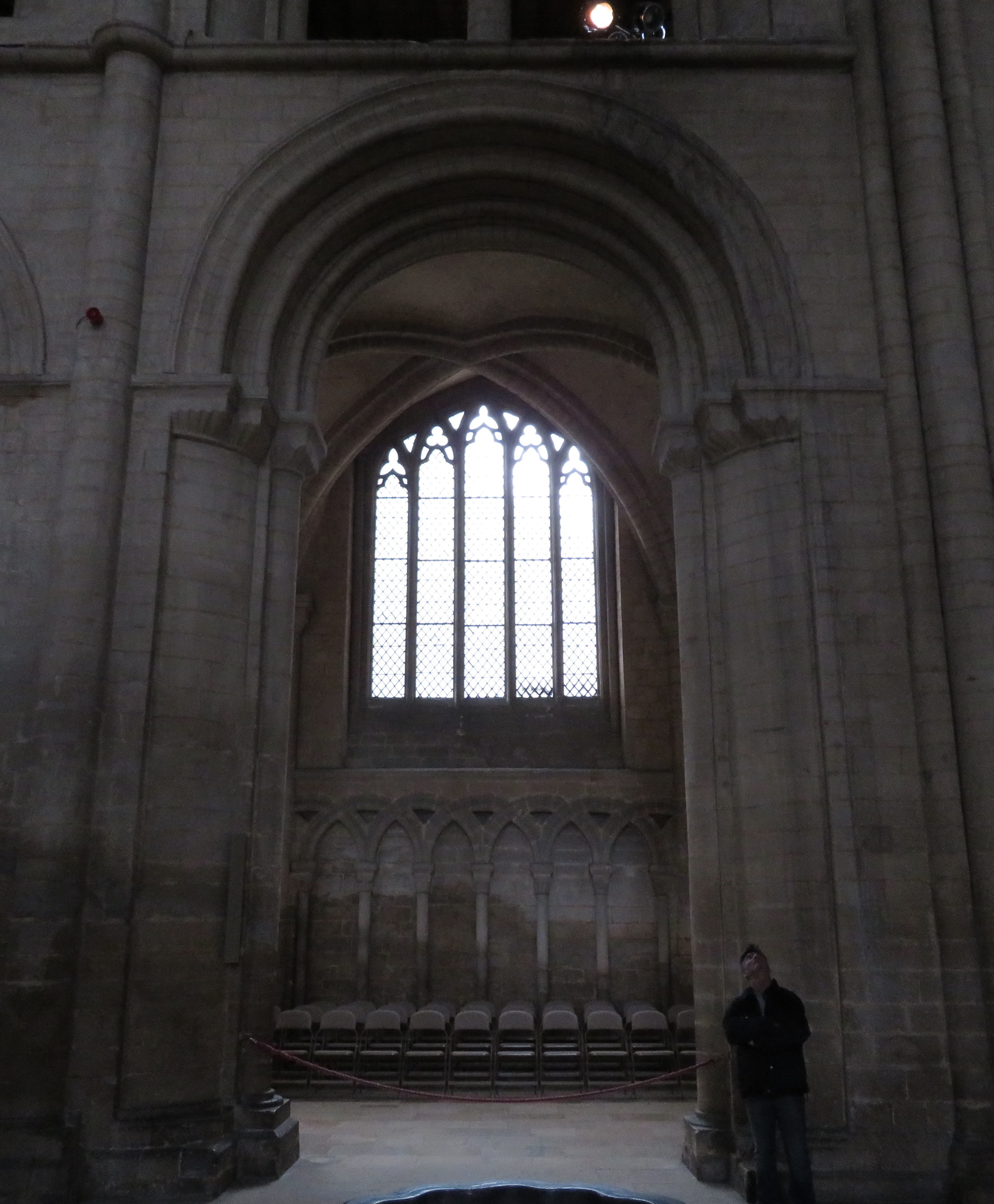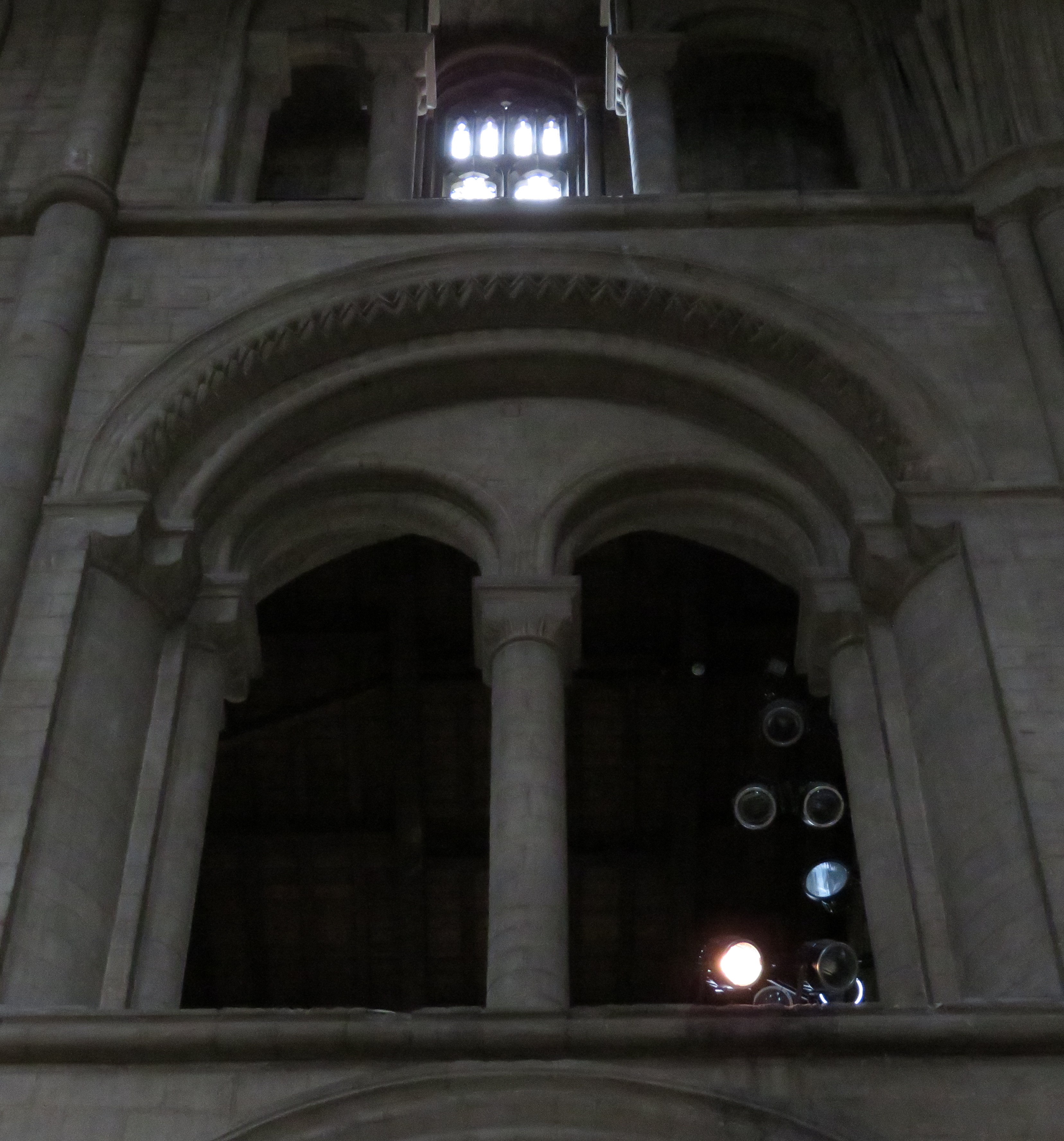Comparing Norman and Victorian Architecture and Lifestyle
From Londonhua WIKI
Comparing Norman and Victorian Architecture and Lifestyle
 Your Project Page Picture Caption |
Contents
- 1 Comparing Norman and Victorian Architecture and Lifestyle
- 2 Abstract
- 3 Introduction
- 4 Section 1: Architecture and Lifestyle in the Norman Era
- 5 Section 2: Architecture and Lifestyle in the Victoria Era
- 6 Conclusion
- 7 References
- 8 Attribution of Work
- 9 External Links
- 10 Image Gallery
- 11 Category tags
Abstract
England's history is very long and rich throughout the years. Many settlers have come and gone, but their impact can be see in the land all these years later. My goal for this project is to highlight the architecture in two different time periods and compare how it influenced the lifestyle of the inhabitants. During the Norman period, the lives of the inhabitants revolved around the Church and the King. Subjects were either knights, peasant farmers, or members of royalty and the clergy. Jumping ahead to the 19th century during the reign of Queen Victoria, the architecture and design of the house average citizens lived in determined their social status. I've taken three different history classes at WPI so far, with one involving the history of the British Empire from the American Revolution to Brexit. The major takeaways from this milestone are trying to find examples of Victorian style architecture and how it influenced the lives of the people living in those homes.
Introduction
I suggest you save this section for last. Describe the essence of this project. Cover what the project is and who cares in the first two sentences. Then cover what others have done like it, how your project is different. Discuss the extent to which your strategy for completing this project was new to you, or an extension of previous HUA experiences.
As you continue to think about your project milestones, reread the "Goals" narrative on defining project milestones from the HU2900 syllabus. Remember: the idea is to have equip your milestone with a really solid background and then some sort of "thing that you do". You'll need to add in some narrative to describe why you did the "thing that you did", which you'd probably want to do anyway. You can make it easy for your advisors to give you a high grade by ensuring that your project milestone work reflects careful, considerate, and comprehensive thought and effort in terms of your background review, and insightful, cumulative, and methodical approaches toward the creative components of your project milestone deliverables.
PLEASE NOTE: this milestone template has only a few sections as examples, but your actual milestone should have many relevant sections and subsections. Please start to block out and complete those sections asking yourself "who, what, when, where, and why".
Remember, as you move toward your creative deliverable, you're going to want/need a solid background that supports your case, so you want it to paint a clear and thorough picture of what's going on, so that you can easily dissect your creative component and say "This thing I did is rooted in this aspect of my background research".
Section 1: Architecture and Lifestyle in the Norman Era
Medieval England was a cruel time for mostly anyone but members of royalty and of the clergy. Sometimes, members of royalty had tough times, like King John in the early 1200s. John had to live up to the shadow of his older brother, King Richard, and he also had to stop the barons in the north from rebelling against the crown. King John's downfall was his allegiance to the Church. He went behind the back of Pope Innocent III, a move that many Englishmen didn't see coming, so the pope excommunicated King John. (citation needed for this).
The Pope had a huge influence in not only England, but all over Europe. Different denominations of Christianity dominated medieval European countries, and England was no exception to this. Many cathedrals were built as soon as William the Conqueror had complete control of the land after his invasion in 1066. The cathedrals were built using Norman and Gothic styles of architecture, such as high vaulting ceilings and tall arches. These cathedrals were not built over night, however, but rather over many decades. By the time they were finished, William was no longer king, but he had a lasting impact on the architecture of many of them.
Three individual cathedrals are what will be highlighted in this project: Peterborough, Ely, and Winchester Cathedrals. These three cathedrals were all built after the Norman conquest of England; Peterborough in 1118 after a devastating fire destroyed the second abbey, Ely in 1083, and Winchester in 1079. The cathedrals stand out against the English countryside as tall and prominent buildings. They shaped the towns that were built around them and the lifestyle of villagers who settled there.
Architecture of Peterborough, Ely, and Winchester Cathedrals
Peterborough Cathedral
The groundwork for Peterborough Cathedral had been laid long before work for the Normal cathedral had started. The second abbey that was built had sadly burned down in 1116, and the now King Edward wanted it to be rebuilt using Norman styles of architecture. Once the charred remains were removed from the site, ground broke for the building of the third abbey. The third abbey was meant to overpower the history of the previous two abbeys, and through many years of building, that goal was accomplished.
The third abbey that was built was huge in scale to the rest of the tiny village that surrounded it. It was built by using limestone from a local quarry in Barnack, one that was also used to provide limestone to Ely and Norwich Cathedrals. The entire West Front of the cathedral was built between 1118 and 1193 and extended all the way towards the Nave.
Peterborough Cathedral is known for it's beautiful West Front and painted wooden ceiling tiles that date back to 1230. The extended West Front was an addition to the cathedral once the main part of the Nave was finished. The new West Front included three huge arches that make up the grand entrance to the cathedral

The long nave is supported by many arches that run alongside the walls of the cathedral. The styles of the arches change on each level of the cathedral. The first level arch is the tallest of the three when compared to each other. It's a single arch that spans the width between the support columns. The second level arch is divided in half and has a support column running down the middle. It is the same width as the first column, but shorter and divided into to smaller arches. The third level arch is divided into three separate arches with the middle arch being taller than the two on the outside. Again, it is the same width as the other two arches, but is shorter than the second level arch. This style of arches in the support walls of the cathedral is a common practice in Norman style architecture. The massive support columns and rounded arches shown in the pictures below categorize this cathedral to be in Normal (or Romanesque) style.
Ely Cathedral
Winchester Cathedral
Differences Between the Three Cathedrals
...and so on and so forth...
Section 2: Architecture and Lifestyle in the Victoria Era
In this section, provide your contribution, creative element, assessment, or observation with regard to your background research. This could be a new derivative work based on previous research, or some parallel to other events. In this section, describe the relationship between your background review and your deliverable; make the connection between the two clear.
Subsection 1
...use as many subsections or main sections as you need to support the claims for why what you did related to your Background section...
Subsection 2
...and so on and so forth...
Gallery
Conclusion
In this section, provide a summary or recap of your work, as well as potential areas of further inquiry (for yourself, future students, or other researchers).
References
Add a references section; consult the Help page for details about inserting citations in this page.
Attribution of Work
For milestones completed collaboratively, add a section here detailing the division of labor and work completed as part of this milestone. All collaborators may link to this single milestone article instead of creating duplicate pages. This section is not necessary for milestones completed by a single individual.
External Links
If appropriate, add an external links section
Image Gallery
If appropriate, add an image gallery
Category tags
Don't forget to add category tags!!! Your Milestone Pages MUST contain one "Project" Category tags like this:
[[Category:Art Projects]]
[[Category:Music Projects]]
[[Category:Philosophy & Religion Projects]]
[[Category:Drama & Theater Projects]]
[[Category:Writing & Rhetoric Projects]]
[[Category:History Projects]]
[[Category:English Projects]]
...and NO OTHER TAGS except for the year the project was completed by you, like this:
[[Category:2017]]
See the Category Help page for assistance. Don't include irrelevant category tags in your Milestone page (like the Template category!)
Delete this entire "Category section" when editing this page--Categories don't need a heading.




